A Primer on Hamburg’s Musical History

Tuning Into Hamburg
There is no playing second fiddle for Hamburg, Germany.
The city is up there when it comes to the highly notable in Europe’s symphony of musical history cities, and as the country’s second-largest city, it exists as a major hub that continues to boast a thriving music scene with a diverse appeal, lots of musical history, and many other diversions to explore.
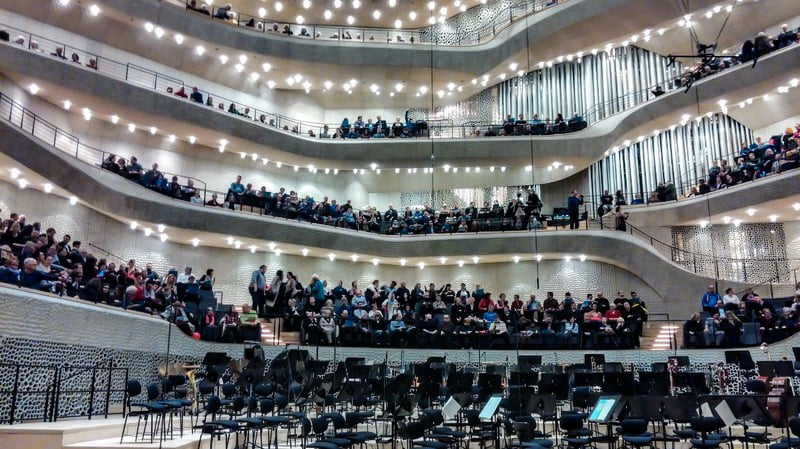
Wandering the winding cobblestone roads of this often misty northern port city reveals a youthful culture.
As friends and I strolled the neighborhoods of Karoviertel and Reeperbahn via the Bahn train, an echo of rebellious spirit surrounded us in politically outspoken, colorfully expressive graffiti and street art demanding attention in between the contemporary boutiques, beer halls, trendy restaurants, and quite a few active vinyl music stores.
Scattered along with the endless vibrant artwork is a saturation of posters touting concerts, music festivals, local band gigs, and DJ-hosted dance parties, many of which typically begin after midnight and go way past dawn.
With an expansive musical heritage that spans from Brahms to The Beatles, to Binki’s electro — to Mendelssohn and Mahler and owning bragging rights of being home to one of the first opera houses.
When it comes to music, Hamburg has always been very much into the groove.
Rising Out of the Elbe
Among the chiming steeples and sparse German and Dutch-influenced architecture, a vast contrast to the modern structural designs sprouts into the evolving cityscape. From the stern of our boat looking back to the lively harbor of the Elbe River, our guide, Tomas Kaiser, explained to us that what mostly remained after the city’s WWII annihilation were the churches.

“They were spared from the bombs because they were the geographical markers easily seen by the pilots. Not because they were saving them.” Kaiser clarified.
Kaiser diverts our attention beyond the musical theater where you can catch a German version of The Lion King, to Ottenson, the area of punk music venues near the famed Hamburg Fish Market where night owls from the dynamic St. Pauli area traditionally flock to on Sundays for a hangover cure after a hardcore all-nighter.
Canals Sing of Musical Diversity
Gathering world-renowned attention is the music fest Dockville that happens along this shoreline as well. The Reeperbahn Music Festival, Germany’s largest annual music fest, welcomes an even larger influx of tourism. It’s one of the biggest of the music fests and has 70 venues including in the city’s abundant beautiful parks.
Cruising back through the mouth of the harbor of the amphibious city, we segued into a labyrinth of unexpectedly quaint and romantic Venice-like canals that are lined with tall brick apartments, warehouses, and connecting bridges.
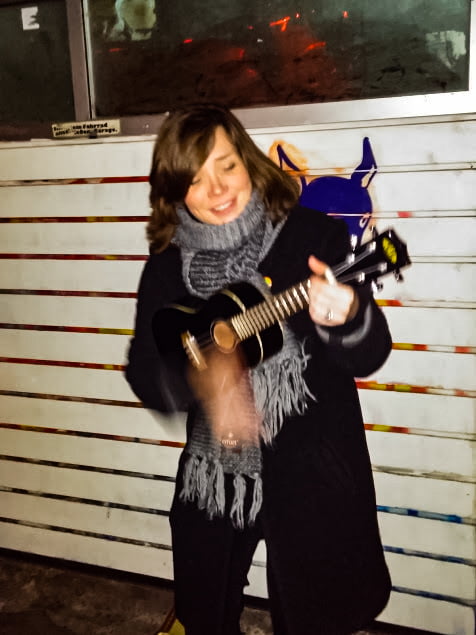
These buildings, now prone to flooding from the rising sea levels as evidenced by the moss levels, are repurposed whenever possible.
Kaiser explains, “No one is allowed to live in these unless the building has easy access for an emergency response like doctors or firefighters. But the upper levels are mostly offices and artists’ spaces.”
In fact, one of the warehouses has been repurposed in a major way that is attracting visitors from all over the world as the new photographic landmark of Hamburg.
New Musical Nucleus of Hamburg
The Elbphilharmonie is a 360-foot architectural marvel rising above Hamburg’s harbor. Designed by Herzong & de Meuron, the newly opened structure looks as if it floats above the gutted warehouse on the Elbe reflecting the sky and waters in its shimmering glassy blue structure with peaking waves on top.
The building houses three intimate concert halls and dining options including the Nordic Stotebeker where we opted for impromptu flight tastings of its award-winning craft beer.
The fascinatingly peculiar-looking interior of the Elbphilharmonie design focus was sound and optimum acoustics. These “skin” walls were created with 10,000 individually shaped gypsum fiber panels cut to ensure targeted sound distribution meant for unamplified pieces.
It’s complex. The design of the staircases is said to emulate the inside of an ear canal. Looking around at the bigger picture, I could see that. Very clever.

“Even with 2,100 seats, no audience member is seated more than 30 meters from the conductor,” Jessica, our Hamburg native tour guide, elaborates as we enter the hall to hear some Stravinsky with the famous conductor, Krzysztof Urbanski, and the Elbphilharmonie Orchestra playing every gorgeous chord as it was meant to be heard. It was emotionally transformative.
Also inside are intimate recital halls, and in the repurposed warehouse, an area for music education where kids and adults can sign up to explore many types of world instruments.
With a broad spectrum on its calendar of events, Elbphilharmonie incorporates diversity and crossover music that reflects Hamburg’s contrasting music scene, including being a venue for the Reeperbahn Fest this year.
The music organizations of Hamburg work in harmony together to support each other rather than be in competition.
They function as a nucleus of Hamburg’s music business, like with associated programming at Laeiszhalle , an architectural neo-baroque beauty from 1908.
Exploring Old Musical Metropolis
One afternoon, we met up with historian Dr. Eva Zöllner, and we visited places rich in Hamburg’s musical tradition and steeped in history exploring the Neustadt area.
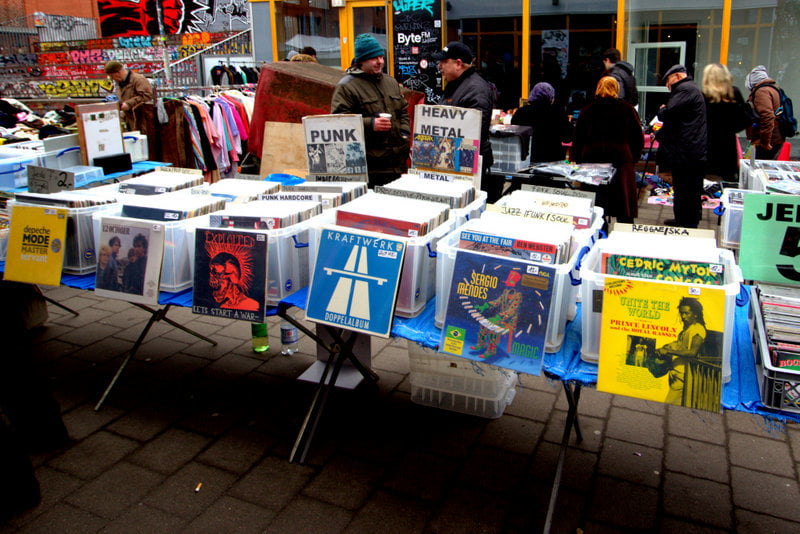
This is where what was once the largest and most modern concert hall in Germany circa 17th century, the Laeiszhalle, sits in grandeur. The old hall is home to Hamburger Symphoniker and the Philharmoniker Hamburg.
It welcomed such greats as Maria Callas, and Richard Strauss premiered some of his original work in the Grand Hall.
The British occupying forces used the space temporarily as a broadcast studio for their radio station BFN during the war and jazz recordings filled the airwaves. Current programming of the famed hall includes an interactive exploration of the history of music.
As we pass nearby the Binnenalster or Inner Alster Lake, Eva takes us back in time with some trivia relating that Johannes Brahms’ father would come to this lake and play for the public. The spot dominates the city center, a beautiful and tranquil setting for leisurely picnicking, biking, and sailing.

We soon encountered Hamburg State Opera on our walk and stroked pieces of the old stone façade left exposed in a couple of spots of the exterior. Quickly reaching a crescendo as a leader in opera staging, the house became a leading proponent of German Baroque after its opening in 1678.
“Handel premiered his opera, Nero, here,” Eva tells us “…In the 1820s the house’s active musical director was Gustav Mahler, which also contributed to the fame of the opera house.”
An Ensemble Hailed from Hamburg
We quickened our tempo as what locals call “gentle rain” began to fall. We ducked into Johannes Brahm’s old house. The house stands in an ensemble of what are now museums highlighting the music greats who once called Hamburg their home. I found in a back room one of Brahms’ pianos. I was allowed to strike a key on the ivory, which, for some reason, thrilled me.
Visitors can see original librettos, music scores, designs for stage scenery, concert programs, intimate letters, and musical instruments associated also with Telemann, Bach, and Hasse.
One of the highlights of the exhibition of Carl Philipp Emanuel Bach (1714-1788), is a reconstruction of a beautifully ornate clavichord, which is like an early piano.
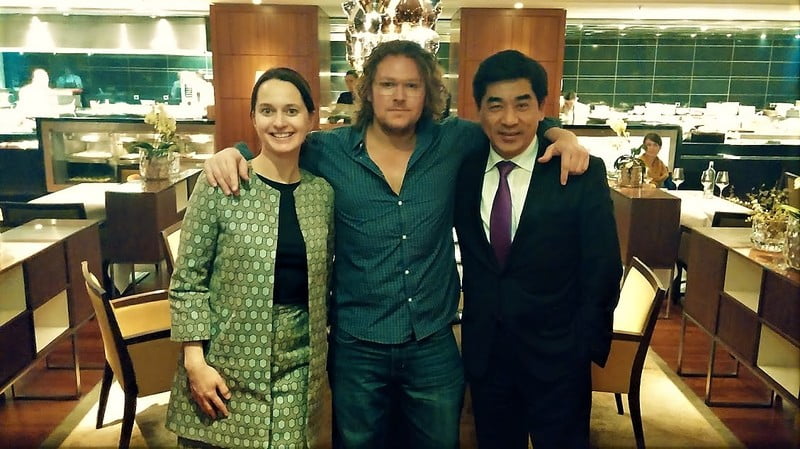
Getting a close glimpse at the very compositions that all of these composers wrote, seeing original opera programs and some of their instruments, humanizes these great musical geniuses in a way that simply hearing their music doesn’t allow.
The collection celebrating Georg Philipp Telemann (1681-1767) “evokes the interior of St. Catherine’s Church in Hamburg at the time. Telemann came to Hamburg in 1721 as the music director of five of the city’s churches, one of which was St. Catherine’s,” our guide informed us. “Telemann’s oeuvre is comprised of more than 3,000 works,” she continued. That is one incredibly prolific legacy.
There is a mini-scale model of a baroque stage replicating some of the mechanics that were used in staging in the 18th century. The miniature opera house is located in the museum devoted to opera composer Johann Adolf Hasse (1699-1783).
Expansion of the museums will incorporate devoted sections to Felix and Fanny Mendelssohn and Gustav Mahler, projected for Fall, 2017.
There Are Places I Remember
We met a girl in St. Pauli who does a tour of the Beatles. I was not aware of the resonance of early Beatles who lived in St. Pauli right before they made it huge until meeting Steffanie Hemple. It was the band’s time here between August 1960 and December 1962 when they totaled 1,000 hours of music played at nightclubs (and possibly a strip joint) that were instrumental in creating the band the world would soon swoon over.
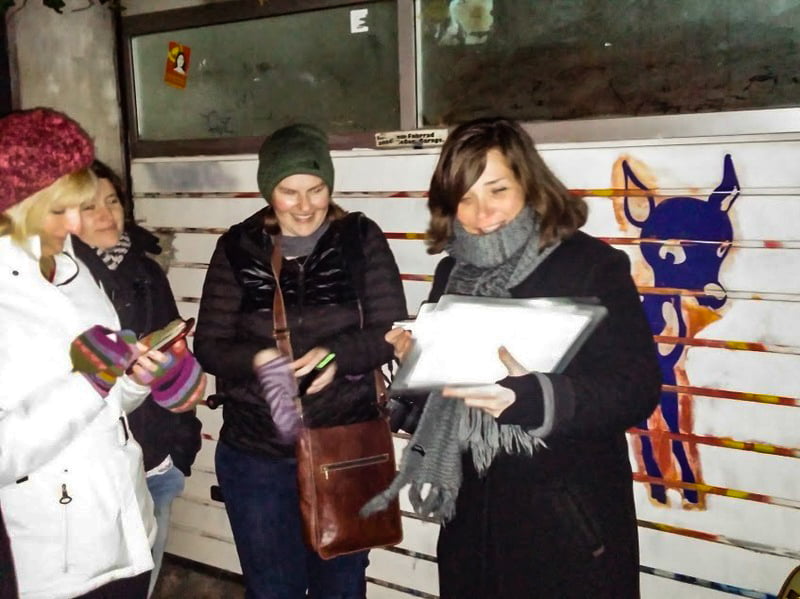
She begins the tour in front of a tiny movie theater called Bambi Kino that touts a picture of Bambi painted on the front.
After she explained the significance of the place – “behind the movie screen, next to the toilets, with no windows” that the band slept for a while when they first got to Hamburg’s bustling music club circuit.
Hemple pulls out a ukulele and breaks into a throaty moving rendition of In My Life right there in the street. It was absolutely endearing and unforgettable. And she continued her impromptu sets through the tour.
We moved on through the red light district which is lined with live music clubs, and closed-off streets where revelers go wild. We snuck through a gate to see the doorway where John Lennon nostalgically took the picture for his first solo album cover.
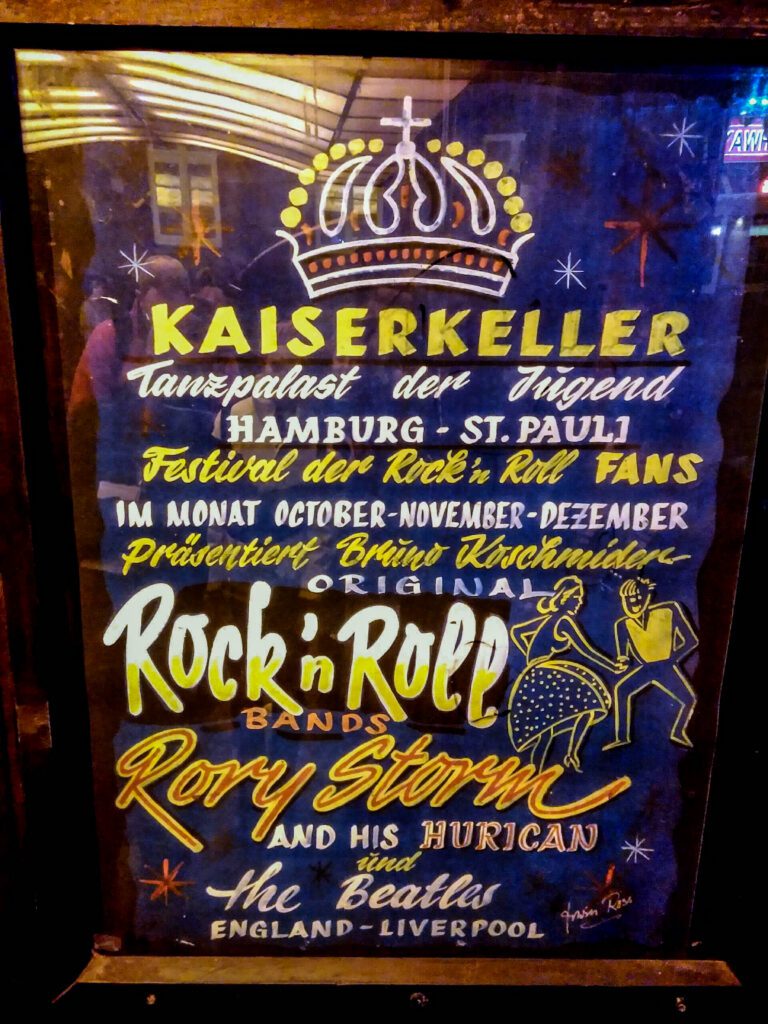
We weaved in and out of the infamous Indra and Kaiserkeller where the Beatles had long stints every night that was grueling. They were forced to “make a show, make a show” by the audience and eventually learned to create their stage presence here.
This is where the Fab Four actually formed, shedding Pete Best and Stuart Sutcliffe at different incarnations. Hemple, who runs Hempel’s Beatles Tour, has this immediately infectious and captivating bright personality and a voice that should really be on the radio.
Hemple asks, “Has anyone ever heard of the Exies?” With a chorus of nopes from us, Hemple began to explain “The Exies were called that because it was the thing those days that was the attitude of teenagers, like existentialists.
They dressed in black. They met photographer Astrid Kirchherr at Kaiserkeller… it was that Hamburg clique that discovered their music. And it was Astrid who was very influential in revamping the image of the Beatles that went from slicked-back hair and cowboy boots to cool black suits and mop-top hair. They became very tight fast friends.”
Hemple knows her Beatles Bible like it’s in her DNA.
There’s a Kafeemuseum in Hamburg?
The gentle rain came in off the chilly harbor as we walked through Hafen City, and the fragrant scent of freshly roasted beans lured us into the Kafeemuseum Burg. A fascinating find.
Inside, we toured an enormous collection of coffee paraphernalia derived from a Hamburg coffee house dating back to 1923 while being given a lesson on the history of Hamburg and coffee.
The beans were indeed a South American import used to boost the free port city’s economy and growth in the early 1900s. The enclave of warehouses along the canals was the storage for the beans. They are stored elsewhere now, but coffee continues to be a major import.
We proceeded to a cafe area where our passionate guide, Henry, engaged us in a variety of tastings that included a roast called Kopi Lewak which involves a civet cat ingesting coffee cherries which then go through a fermentation process and are then extracted from the cat waste and winds up creating an intensely strong brew.
Okay, I might have skipped that particular one.
But I went for an encore of the refreshing Burg Brew and would surely go for a reprise of Hamburg’s many artful diversions anytime.

